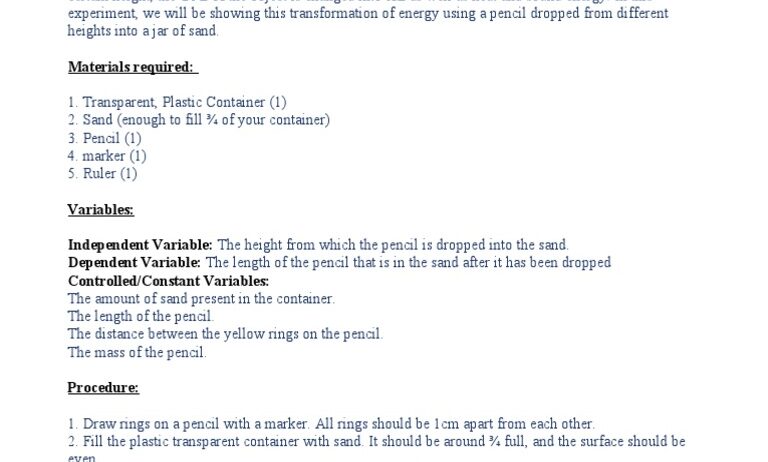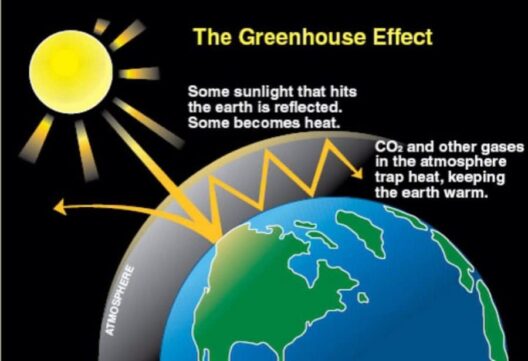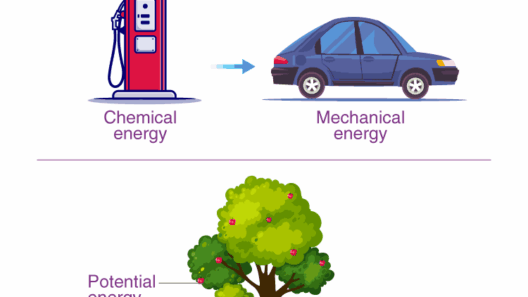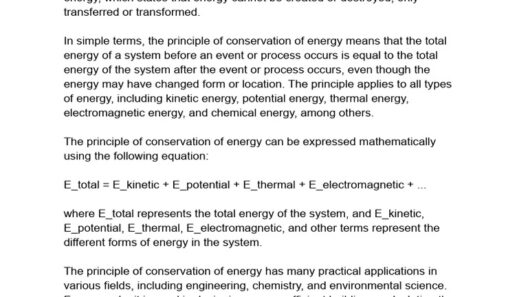The Law of Conservation of Energy is a fundamental principle in physics, asserting that energy cannot be created or destroyed but only transformed from one form to another. This concept pervades various domains, extending its influence from mechanics to thermodynamics, chemistry, and even modern technological applications. The elegance of this law lies not just in its scientific utility but in the profound implications it has for our understanding of the universe. Let’s delve into the multifaceted evidence supporting this law and unravel the intricate tapestry that weaves our understanding of energy dynamics.
Exquisite Experiments: The Empirical Foundation
Throughout history, pivotal experiments have bolstered the legitimacy of the Law of Conservation of Energy. One salient example is the work of James Prescott Joule in the 19th century, where he meticulously demonstrated that mechanical work could be converted into thermal energy. By using a falling weight to agitate water, Joule quantified the relationship between the work done and the increase in temperature. His findings coalesced into the principle that energy, in various incarnations, is often merely altering its guise rather than vanishing into oblivion.
Moreover, the classic pendulum experiment offers an engaging visual representation of energy conservation. As the pendulum swings from its highest point to its lowest point, potential energy is converted into kinetic energy. The notion that energy oscillates between forms without loss lends a tangible quality to this abstract concept, engaging learners and seasoned scientists alike in its aesthetic allure.
The Power of Thermodynamics: Unveiling Energy Conversion
Thermodynamics elucidates the intricacies of energy transformation—most notably through the Laws of Thermodynamics, which inherently revolve around the conservation principle. The first law articulates that the total energy of a closed system remains constant, emphasizing the interconvertibility of heat and work. Heat engines serve as practical illustrations of these principles. In steam engines, for instance, chemical energy from fuel is converted into thermal energy, which subsequently transforms into mechanical work. Each phase of this conversion underscores the law’s validity and aesthetic elegance through the energy’s fluidity in forms.
In addition, experiments in calorimetry elaborate on energy conservation by measuring heat transfer during chemical reactions. These tests confirm that although energy changes form, the total energy remains inexorably connected, reinforcing the interconnectedness of various energy types. The intricate dance of energy within systems reveals not only the law’s robustness but also the captivating nature of these conversions, allowing observers to peer into the invisible yet omnipresent forces governing our world.
Cosmic Evidence: The Universe as a Living Example
The cosmos itself serves as a testament to the Law of Conservation of Energy. In celestial mechanics, the gravitational interactions between planets and stars exemplify the continuum of energy transformation. Consider the stellar lifecycle: a star converts nuclear energy into radiant energy, illuminating the cosmos. However, as this energy is radiated away, gravitational contractions and nuclear fusion illustrate that energy has merely transitioned, remaining encapsulated within the universe’s expansive habitat.
Furthermore, black holes epitomize the law. The conservation of energy applies even as matter is swallowed into these enigmatic entities. The energy of the absorbed matter does not diminish; rather, it transforms, contributing to the black hole’s mass-energy equivalence articulated by Einstein’s famed equation, E=mc². In such scenarios, one witnesses the cosmic ballet of energy transmutation, accentuating the harmonious yet complex order that governs existence.
Everyday Illustrations: The Everyday World and the Conservation Principle
On a more terrestrial plane, numerous everyday phenomena underscore the law’s pervasiveness. Consider a simple light bulb—it converts electrical energy into light and heat through resistance. The apparent loss of energy in terms of light is merely a transformation, revealing energy’s ability to morph according to physiological needs or technological requirements.
Similarly, renewable energy technologies hinge upon this very principle. Solar panels, for example, harness solar radiation—converting it into electrical energy via photovoltaic cells. This transition exemplifies the law in its most pragmatic form, where the beauty of architecture, nature, and human ingenuity converge in a sustainable paradigm. Such innovations showcase not only the aesthetic appeal of energy transformation but also the critical importance of understanding these principles as we navigate environmental challenges and seek sustainable solutions.
Conclusion: The Unyielding Essence of Energy Conservation
From the fundamental laws of physics to the majestic workings of the universe, the Law of Conservation of Energy is a foundational tenet that invites continuous exploration. Its evidence spans historic experiments, thermodynamic principles, celestial phenomena, and everyday applications, creating a rich narrative of energy’s journey through time and space. Aesthetic allure resonates at every turn, reminding us that the universe is not merely a collection of matter but rather a tapestry of dynamic energy exchanges. As we ponder the implications of this law, we find ourselves inspired to foster a deeper connection with the rhythm of energy transformation, urging society to act with greater reverence for the intricate balances that sustain our world.








